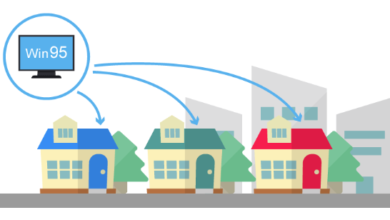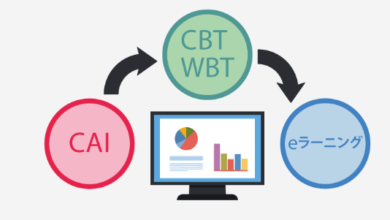
he next evolutionary step in e-learning
is the emergence of smart devices such as smartphones and tablets.
Until now, the majority of people have been using computers to learn e-learning.
However, since the late 2000s,
- iPhone
- Android
Smartphones, such as
Furthermore, in 2010, a new type of smartphone, even larger than a smartphone,
- iPad
- Nexus *An example of an Android device
Tablet devices such as these have appeared and have rapidly become popular.
These smartphones and tablets are sometimes called smart devices to distinguish them from traditional personal computers.
These smart devices are also ideal for studying during breaks, travel time, and other “spare time,” further promoting e-learning’s original feature of “studying anywhere, anytime.” In addition, due to their intuitive operability, short startup time, and portability, they are increasingly being used in schools, cram schools, and corporate training, with various uses and results being reported.
This trend towards smart devices is also helping to broaden the range of learners. For example, in corporate training, e-learning was traditionally aimed at desk workers, but with the advent of smart devices, it is now being introduced to teach actual work procedures in the field, such as customer service, maintenance, and cooking.
This style of learning using these smart devices is called mobile learning .
In response to these changing times, there is a growing need for e-learning that is compatible with multiple devices, such as PCs, tablets, and smartphones.
It is now possible to learn on a PC at home and then continue watching on a smartphone while commuting to work or school, and the range of uses is expanding even further.
The trend of smart devices is continuing to grow, and smart devices, especially smartphones, which traditionally complemented computer-based learning, are now becoming mainstream. The idea that learning is based on smart devices is called “smartphone first,” and is now the mainstream way of thinking.



